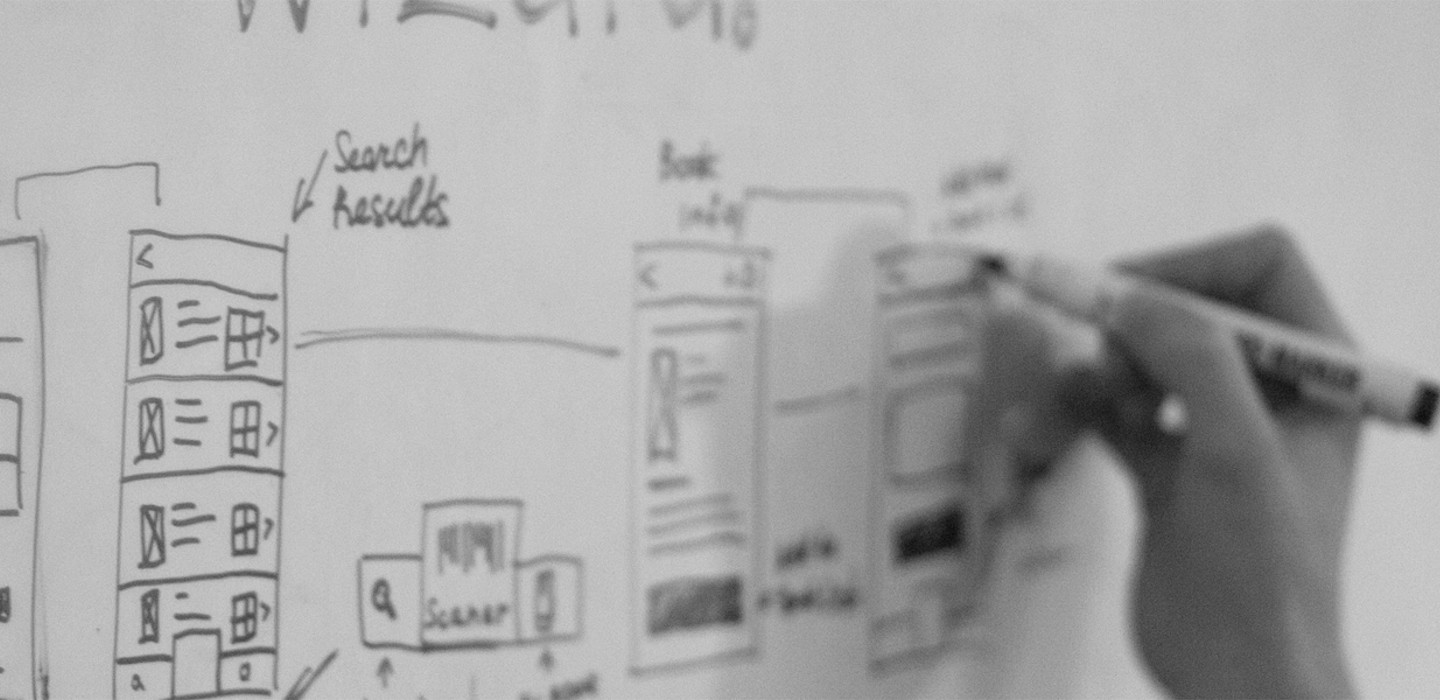The main purpose of mobile app design is creating mobile-friendly versions of websites that have extra features built in. The main task for a developer who decided to embark on a mobile app development boat would be to create a user-friendly ecosystem with perfectly effective UX.
Having downloaded your app, a user thus demonstrates their loyalty to you, meaning that their target/key action has already been done. Then such user is expected to use your service regularly, given that your solution will effectively solve their problem.
However, that is where the most tricky part for an app developer is lurking in the shadows. If one of the main segments of the app would not work or work incrrectly, a user is likely to delete your app and never return to it again.
The aforementioned detail is a very characteristic property of UX design of mobile apps and websites. Usually, a user is checking out several similar apps at a time. Even if the user leaves your page during their first visit, they might return later and eventually use your service. However, downloading back a deleted app should be viewed more like an exception.
User group analysis and UX development
Prior to getting down to prototyping, a designer must perform their target user group analysis, as well as competing products and the objectives set for the app yet-to-be. For instance, for male target audience the buttons of the app and other points of interaction should be larger in size. For female users such elements may be a bit smaller.
The explanation to that is very simple: most people use their thumbs to tap on screen and men statistically have wider thumbs. That is why making buttons larger would increase user experience for males.
It is the at the UX-design stage of development, when a designer has to carefully figure out a complete scenario of user behavior and interaction with the app, starting from the very first displays and up to completion of target actions. Since a number of such actions is normally very small, typical so-called User Journey looks like a branching tree of possibilities with different functions.
The functionality may include a subscription to the service, contacting technical support, payment for a product or other key actions. Each branch should be carefully thought through at the stage of prototyping.
While designing a prototype for a user interface, it is necessary to take into account several details that are a must not only for the designer, but also for the client:
- Main control elements should be located at the bottom of the screen. Upper left corner is used minimally, because it is hard to reach with a thumb. It may be used for a limited number of actions, such as a Go Back button.
- Aside from the buttons, the app may also recognize swipes or long pushes on the interface elements.
- It is recommended to allow scrolling of apps, both vertical and horizontal. With horizontal scrolling, a user should get a hint.
- Overusing a logo is a no-go. Usually the loading screen is quite enough, since the user can always see your logo as an icon for the app itself.
- Don't use small fonts too often. For the main body of text it is recommended to use 14-16 px fonts; for titles 18-24 px; for hints 12-14 px (a bit lighter color should work good too). To highlight something important one may use different font weights.
- Use color differentiation, that will natively show user whether some elements are clickable or not. Some elements that differ in functionality may also be separated with different colors.
- Use hints. Add a tooltip if you use non-conventional control elements, or if there's a chance of multiple interactions with non-clickable elements.
UI Design and Adaptive Versions
After the prototyping is over, the next step would be the visuals. At this stage the app should be cleaned out, so to speak. The main task would be to get the whole up to one common Style Guide.
It is important to use no more than 5-6 variants of a single font (different weights, sizes and tones) and 4-5 colors throughout the whole app. Such variation should suffice in order to create a neat interface with smartly set logical accents.
Transition animations in between screens is also developed at this stage. A designer may use a preloader, movement or fading in/out. While picking colors, it is necessary to take into account different color paletts of iOS and Android phones. Dirty color tones are generally not recommended.
At he final step an adaptive version is developed. In case of development solely for iOS, a designer is asked to get only two adaptive versions ready - for iPhone 6 and iPhone X. Although, the task is way harder when developing for Android. In such case it is required to build 4-5 variants for different screen resolutions.
Usability testing
At the last step of UX design, a usability testing of the developed interface is performed. During the testing, the prototype is evaluated based off several parameters, including:
- its effectiveness for a user;
- how fast the user gets to a desired action;
- a perceived degree of satisfaction of the user.
The easiest way to test it out is to create clickable prototypes in Figma. After that during test runs, a whole process of using the service gets recorded. Then feedback is collected.
There are more effective services that can broadcast a process of user interaction with the app in real time and a designer may pick whichever one they prefer based on the metrics they wish to measure the effectiveness with. Once the testing of the app is complete, the designer's job is considered done.
